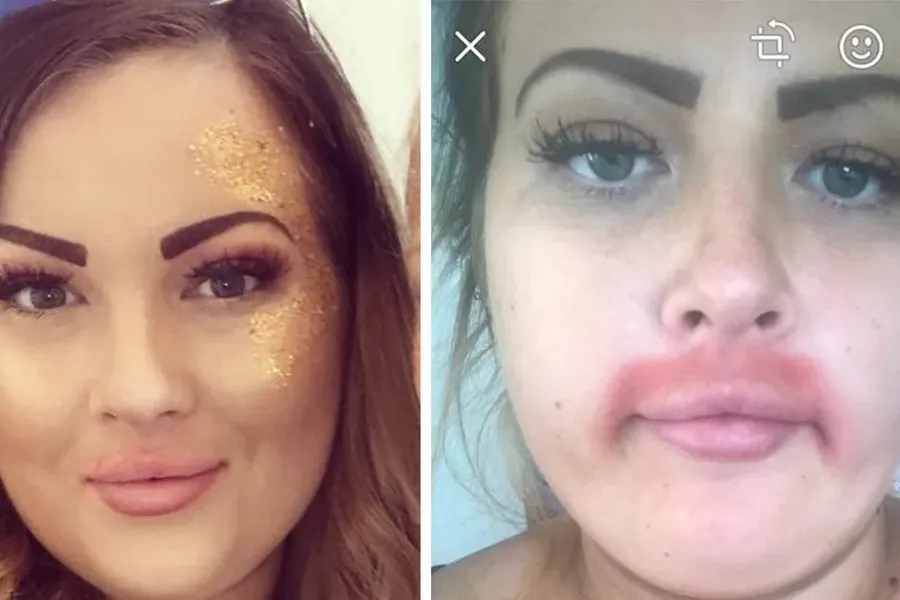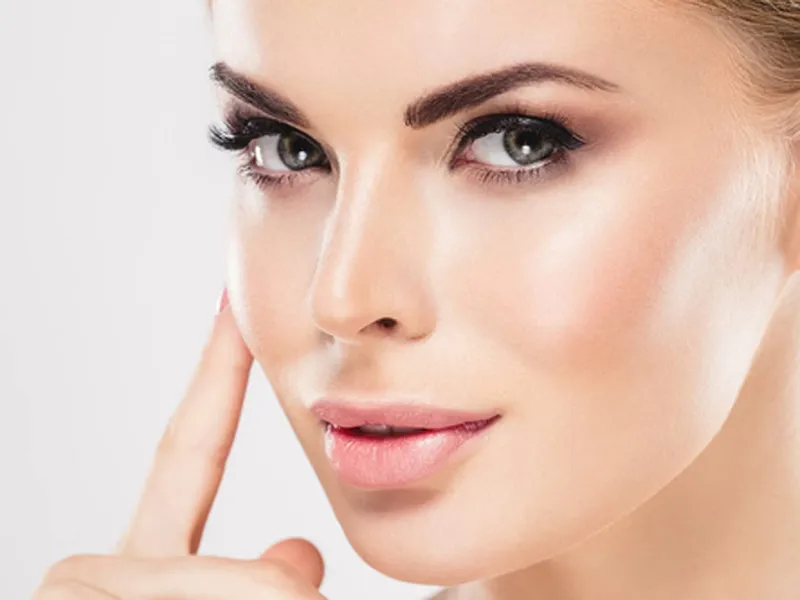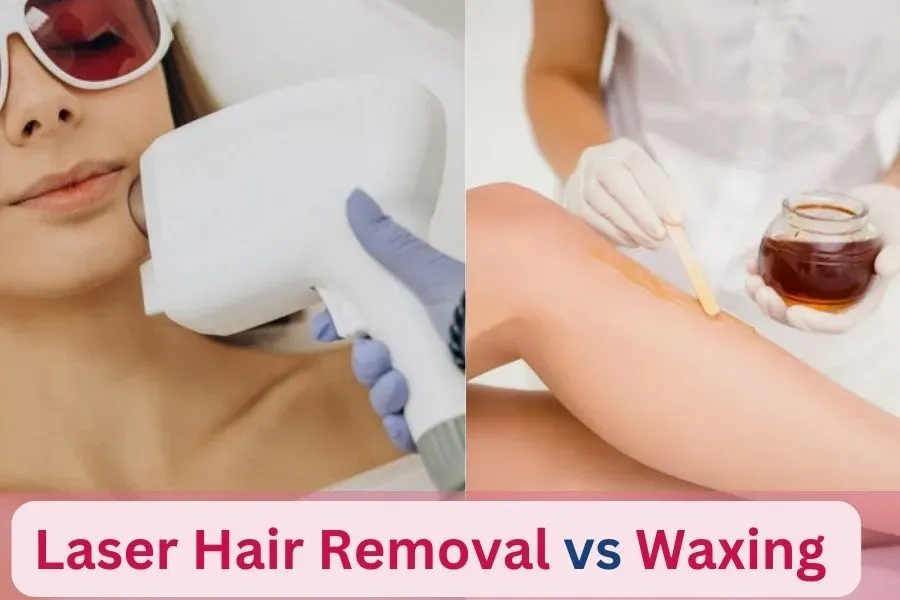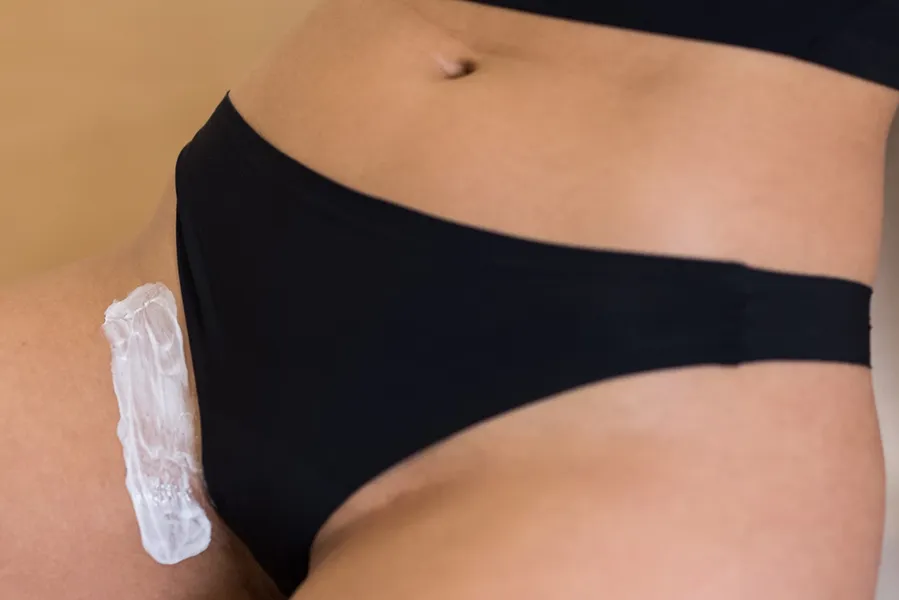Understanding Hair Removal Cream Irritations
Using hair removal cream can be a convenient option for achieving smooth skin. However, it’s not uncommon for people to experience a rash after using these products. If you find yourself in this situation, don’t panic! Understanding the types of reactions you may face is the first step in finding relief.
In this article, we’ll help you IDENTIFY the rash and what it might look like. You’ll learn the IMMEDIATE STEPS to take when a rash appears, allowing you to address the situation promptly. Additionally, we’ll share effective HOME REMEDIES to soothe your skin and discuss when it might be time to SEEK PROFESSIONAL HELP.
Lastly, we’ll provide you with TIPS for preventing future reactions to ensure that your hair removal experience is safe and enjoyable. Let’s dive in to keep your skin healthy and irritation-free!
Identifying the Rash: What Does It Look Like?
Before you panic, it’s important to identify the rash. This can save you a good deal of worry and help you navigate your next steps more effectively. Different types of rashes can arise from using hair removal creams, and recognizing their characteristics may guide you toward the right course of action.
Common Rash Characteristics
-
Redness and Inflammation
- You might notice your skin turning red around the area where you applied the cream. This is a common reaction, similar to how your skin might react to a sunburn. If your skin feels warm to the touch, this could be a sign of inflammation.
-
Bumps and Hives
- Sometimes, you may see small bumps or hives forming on your skin. These can be itchy and may resemble insect bites. Bumps are typically a reaction to an irritant in the cream, and they can vary in size.
-
Peeling or Flaking Skin
- In some cases, you may experience peeling or flaking of the skin. This can occur when the skin becomes overly irritated or if the hair removal cream is too strong for your skin type. Peeling skin can feel tight and uncomfortable, often indicating that your skin is in recovery mode.
-
Burning or Itching Sensations
- Regardless of visual symptoms, the sensation you feel can also be a telltale sign of a rash. If you feel a burning or stinging sensation in the area where you used the hair removal cream, it’s likely your skin is reacting negatively to the product.
Illustrative Example
To illustrate, a friend of mine once decided to try a new hair removal cream for her legs. Initially excited, she noticed red patches forming within minutes of application. By recognizing the redness and irritation early, she washed off the product promptly and applied a cool compress, which helped soothe her skin. Even though it was uncomfortable, she felt relieved knowing that she acted quickly to minimize the effects.
Wrapping Up Identification
By understanding the various characteristics of rashes resulting from hair removal creams, you can gain clarity on how to proceed. While some rashes may be mild and temporary, others can require more intentional care. In the next section, we will discuss the immediate steps you should take when a rash appears, ensuring you have the right tools and knowledge to soothe your skin effectively.
Immediate Steps to Take When a Rash Appears
Once you’ve identified a rash following the use of hair removal cream, taking immediate action is essential to minimize discomfort and promote healing. Here are practical steps to help calm your skin:
Rinse with Cool Water
- Remove the Cream: Start by gently rinsing the affected area with cool or lukewarm water. Avoid using hot water, as this can increase irritation.
- Pat, Don’t Rub: After rinsing, pat the area dry with a soft towel. Rubbing can exacerbate irritation and lead to further skin damage.
Halt Further Use
- Discontinue Application: It’s crucial to stop using the hair removal cream immediately. Continuing to apply the product could worsen your skin’s reaction.
- Check for Ingredients: Look at the ingredients of the cream to help identify any potential allergens that may be the cause of your rash.
Apply Soothing Remedies
Once you’ve rinsed the area and allowed your skin some time to breathe, consider these calming remedies:
-
Cool Compress: Applying a cool, damp cloth to the rash can help soothe the burning or itching sensation. Leave it on for about 10 to 15 minutes.
-
Over-the-Counter Treatments: You can use a hydrocortisone cream or an anti-itch lotion. These products may help reduce inflammation and soothe your skin. Always follow the instructions on the package carefully.
-
Aloe Vera Gel: If you have aloe vera on hand, applying it can provide a cooling effect and aid in healing due to its natural properties. Just ensure it’s pure aloe and doesn’t contain additional fragrances or chemicals that could further irritate your skin.
-
Oatmeal Baths: Taking a lukewarm oatmeal bath can also be beneficial. It helps to relieve itching and can hydrate your skin. Simply add colloidal oatmeal to your bathwater and soak for 20 minutes.
Monitor Your Symptoms
- Watch for Changes: Keep an eye on the rash. If it worsens or doesn’t improve after a couple of days, take notes on your symptoms. Details like redness intensity, swelling, or any spread of the rash will be crucial if you need to consult a professional.
Stay Hydrated and Avoid Triggers
Staying hydrated can support your skin’s recovery process. Additionally, avoid wearing tight clothing over the affected area and refrain from other potential irritants, like strong fragrances or scrubs.
Following these steps can significantly reduce discomfort and aid in swift recovery from a rash caused by hair removal cream. In the next section, we will dive into effective home remedies that can enhance your skin’s healing process and soothe irritation further.
Home Remedies to Soothe Your Skin
After the initial reaction to hair removal cream, finding ways to alleviate discomfort at home can be incredibly beneficial. Natural remedies not only soothe irritation but also promote healing while minimizing the risk of further irritation. Here, we’ll explore a few effective home treatments you can use to calm your skin and restore its comfort.
Aloe Vera Gel
Aloe vera is a go-to remedy for a variety of skin irritations, thanks to its cooling and anti-inflammatory properties. Here’s how to use it:
- Application: Simply take fresh aloe vera straight from the plant or use a store-bought product that contains at least 99% aloe. Apply a generous layer on the affected area and let it absorb without rinsing. You can reapply as necessary, especially if your skin feels particularly dry or irritated.
Oatmeal Baths
Oatmeal isn’t just for breakfast—it’s also an excellent remedy for soothing irritated skin!
- Preparation: Add colloidal oatmeal (finely ground oats) to your warm bath water. You can find colloidal oatmeal at local pharmacies or online.
- Duration: Soak in the bath for about 20 minutes. This will not only help hydrate your skin but also act as a barrier to protect the affected area and relieve itching.
Cold Compresses
A cold compress can be particularly effective at reducing inflammation and discomfort.
- How to Use: Wrap ice cubes in a clean cloth, or soak a washcloth in cold water and apply it to the affected area for 10-15 minutes. This method will provide instant relief from burning or itching sensations, and can be repeated several times a day.
Coconut Oil
Coconut oil is known for its moisturizing and antimicrobial properties. It can be particularly beneficial if your skin is feeling dry or flaky.
- Application: Apply a thin layer of organic coconut oil directly to the rash. You can do this a few times a day, especially after bathing, to lock in moisture and protect your skin’s barrier.
Witch Hazel
Witch hazel is a natural astringent that can help to reduce inflammation and relieve itching.
- How to Apply: Soak a cotton ball or pad with witch hazel extract and gently dab it onto the rash. This can help soothe your skin while promoting healing. Do this up to three times a day, but be careful not to overdo it, as too much astringent can also cause dryness.
Herbal Tea Compresses
Chamomile or green tea bags can make soothing compresses due to their anti-inflammatory properties.
- Usage: Steep tea bags in hot water, let them cool, and then place them over the affected area. This can cool your skin while providing a dose of natural relief.
Integrating these home remedies into your skin care routine can help you manage annoying rashes from hair removal cream more effectively. However, if your symptoms persist or worsen, it’s important to consider seeking professional help for personalized treatment options. Next, we’ll discuss when it’s time to reach out to a healthcare provider.
When to Seek Professional Help
Sometimes, a rash can signal more than just a simple irritation; it might point to a more serious underlying issue. Recognizing when your skin’s reaction requires professional intervention is paramount for ensuring good health and well-being. Here are some clear indicators that suggest it’s time to consult a healthcare provider.
Signs of Severely Irritated Skin
-
Severe Swelling: If the area around the rash is considerably swollen or if the swelling spreads to surrounding parts of your body, do not hesitate to seek medical advice. Uncontrolled swelling can indicate an allergic reaction that may require immediate treatment.
-
Blisters: The presence of blisters can be particularly alarming. If you notice fluid-filled bumps that are painful or itchy, it’s essential to see a doctor. Blisters can become a gateway for infections, and dealing with them early minimizes complications.
-
Signs of Infection: Warmth, increased redness beyond the immediate area, or pus are warning signs of infection. If your rash suddenly feels warmer to the touch or if you experience fever or chills, it’s crucial to visit a healthcare professional promptly.
-
Persistent Rash: If the rash doesn’t show signs of improvement after a few days of home care, it may be time to get help. A persistent rash can signal allergic contact dermatitis or other skin conditions that need expert evaluation.
-
Severe Pain and Discomfort: If the rash is accompanied by an overwhelming sense of discomfort or pain, don’t wait for it to potentially worsen. A healthcare provider can prescribe pain relief and soothe the inflammation effectively.
When in Doubt, Ask
Even if the symptoms don’t seem severe, trust your instincts. If something feels off about your rash or if it’s significantly impacting your day-to-day life, reaching out to a dermatologist can give you peace of mind and proper care. They may provide tailored treatments or recommend medications that you can’t find over-the-counter.
Follow-up Care
In some cases, after consulting with a healthcare professional, you may be referred to an allergist for patch testing or other evaluations. This can help identify the specific ingredients that triggered your reaction, allowing you to prevent future occurrences.
Recognizing when to seek help can save you from long-term discomfort or complications. Taking necessary precautions and addressing skin issues swiftly is vital for healing. With that in mind, let’s transition to our next section, where we’ll explore preventive measures that can help you avoid future rashes during hair removal processes.
Preventing Future Reactions: Tips for Safe Hair Removal
Prevention is often the best cure! To help you avoid the discomfort of rashes and irritation from hair removal creams in the future, consider the following strategies that emphasize safety and awareness.
Conduct a Patch Test
Before applying any hair removal cream to a larger area, always perform a patch test. This simple step can save you from a full-blown rash.
- How to Patch Test: Apply a small amount of the cream to a discreet area, like the inside of your wrist or elbow. Wait 24 hours to see if any reactions occur. If you notice redness, itching, or swelling, it’s best to avoid that product altogether.
Choose the Right Product for Your Skin Type
Not all hair removal creams are created equal, and choosing a product that suits your skin type is vital.
- Sensitive Skin Formulations: If you have sensitive skin, look for creams labeled “for sensitive skin” or “hypoallergenic.” Brands like Veet and Nair offer specialized creams designed to minimize irritation.
- Fragrance-Free Options: Scented products often contain additional chemicals that can irritate the skin. Opt for fragrance-free formulations to reduce the risk of a rash.
Follow Instructions Closely
One of the most common causes of irritation is not following the instructions provided by the manufacturer.
- Timing Matters: Pay attention to how long you let the cream sit on your skin. Leaving it on longer than recommended can lead to severe irritation.
- Application Techniques: Apply the cream evenly and avoid over-application. A thin layer can often be more effective and milder on your skin.
Prepare Your Skin Before Use
Getting your skin ready for hair removal can make a significant difference in reducing the risk of rashes.
- Exfoliate Gently: Light exfoliation 24 hours before using a hair removal cream can remove dead skin cells, allowing for a smoother application and potentially decreasing irritation. Use a mild scrub or a soft washcloth—avoid harsh scrubs that might irritate the skin.
- Moisturization: Ensure your skin is well-moisturized post-exfoliation but wait at least a day before using hair removal cream on freshly exfoliated skin, as this can heighten sensitivity.
Post-Hair Removal Care
After using hair removal cream, caring for your skin properly can help minimize the risk of rashes.
- Soothe Your Skin: Apply a gentle, alcohol-free lotion or aloe vera gel post-treatment to calm and hydrate your skin. Avoid hot showers or baths for at least 24 hours.
- Wear Loose Clothing: Tight clothing can cause friction and irritation post-hair removal. Opt for loose, breathable fabrics to keep the area comfortable.
Monitor for Changes
Finally, pay attention to how your skin reacts over time. If you notice consistent reactions to certain products, consider consulting a dermatologist to identify specific allergens or irritants.
By implementing these proactive measures, you can enhance your hair removal routine while significantly reducing the risk of adverse skin reactions. This precaution not only promotes healthy skin but also allows you to enjoy a smoother, irritation-free finish. Now that we’ve discussed how to prevent future rashes, let’s transition into our final thoughts on managing hair removal-related skin issues effectively.
Final Thoughts on Hair Removal Rash Management
Managing a rash from hair removal creams doesn’t have to be stressful. By learning how to identify the rash, taking immediate action when it occurs, and implementing preventive measures, you can enjoy smooth skin with confidence. Remember, your skin deserves the best care possible, so always do a patch test before trying a new product and choose hair removal methods that suit your skin type.
If you find yourself dealing with irritation, don’t hesitate to use soothing home remedies or consult with a professional if the rash persists. Your comfort and well-being are paramount. Take care of your skin, and it will take care of you!








